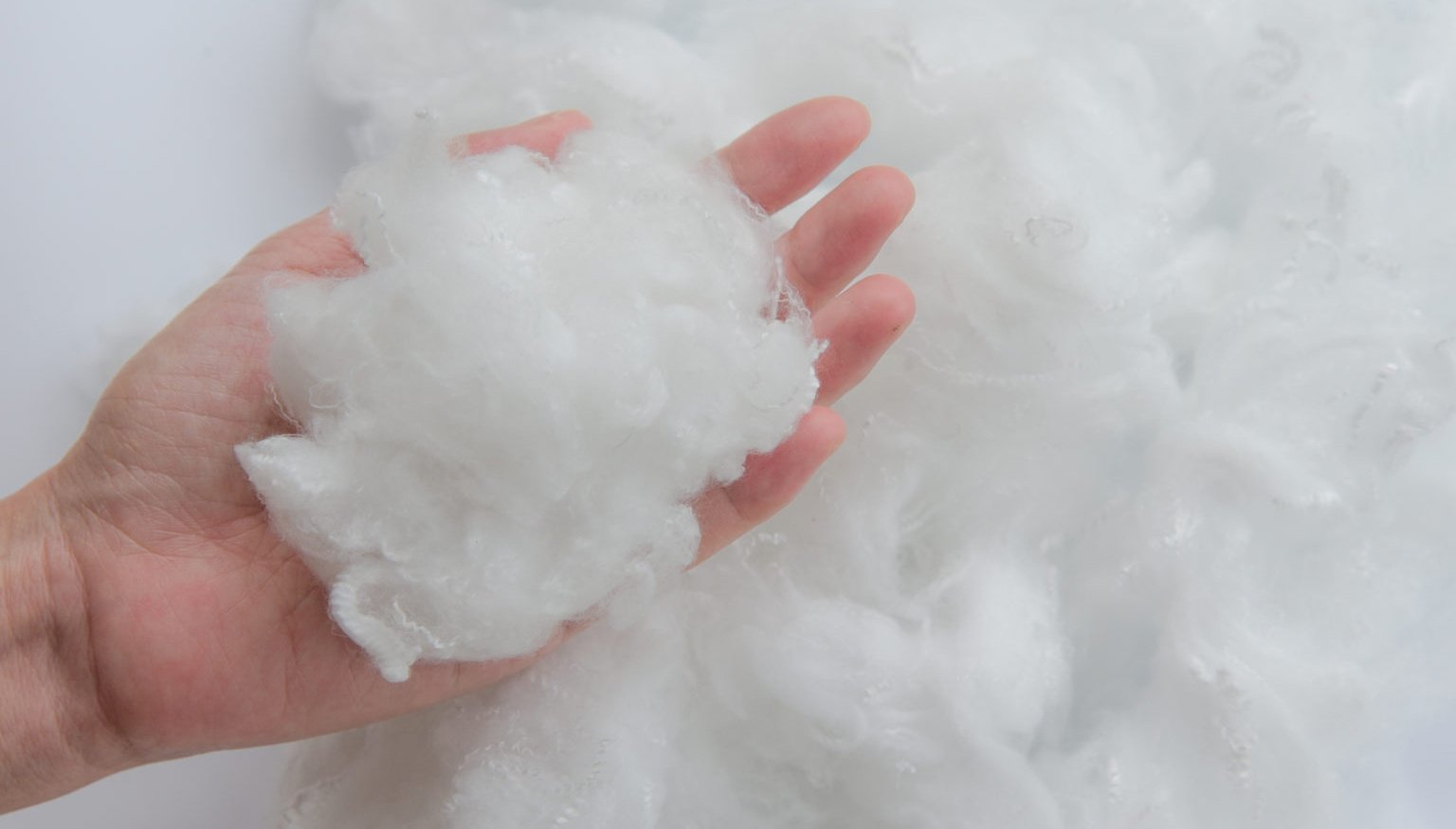Let’s Talk Fibers – Polyester

Let's Talk Fabrics - Polyester

Leisure suits, bell bottoms, bed sheets, t-shirts. These are the things that possibly come to mind when you hear the word polyester, but did you know that the fiber of choice on monofilament and interwoven belts is polyester? And more importantly, do you know why? When you order a brand-new belt for your conveyor, more likely than not, it has polyester in it. And that belt will surely last you a long time. Which begs the question, what is it about polyester that makes it such a great choice for interwoven and monofilament belts?
Polyester, and other woven fabrics, can be used in a number of different applications. Polyester can help improve the wear against conveyor beds and reduces the drag on both the material being conveyed and the conveying equipment. Not only will you be replacing your belt less, but you will not have to worry about replacing a part of your equipment – or even worse!
Polyester is a low-cost and durable option for everything you need for your conveyor belt. Polyester can be used on its own as an interwoven or even needled felt belt or as the fabric within your favorite belting material. When it is used as the fabric between plies of material – otherwise called the carcass – the product is strengthened both widthwise and lengthwise. Polyester generates less noise and can be used on long slider bed applications with higher speeds, along with a lot of other machines.
Polyester is less likely to stretch with use. Polyester has an average cut and abrasion resistance, meaning it won’t get damaged easily with use. It also has a very moderate absorption rate (only 0.4% moisture regain), making cleaning easier and also reducing shrinkage when the climate changes around the belt, extending its life. This also makes polyester highly resistant to mildew, making them great for applications that come into contact with a lot of moisture.
We all know polyester from clothing and different everyday items. Putting it into the context of conveyor belts might be a little harder to grasp, but it’s really the same concept as a t-shirt made from polyester. Except, conveyor belts need to account for so much more than if the t-shirt fits. And there can be different ways of using and weaving polyester into fabric for belts.
Polyester is a man-made material. The first man-made polyester was developed by DuPont in 1946, and was sold under the name Terylene. What exactly does that mean? Well, Polyester (or more technically, polyethylene terephthalate) is made from a reaction of petroleum, air, and water. Polyester is a thermoplastic, which means that it can be melted and reformed. In order to form the polyester fibers that we are familiar with, chemists melt polyester pellets and force them through a machine with small holes in order to stretch the material into fibers. The resulting material is a solid polymer, meaning that there are no spaces within the material, it is homogenous and can be cut to whatever length is required.
Polyester is hydrophobic. No, that doesn’t mean that it has an irrational fear of water- that is hydrophobia. Hydrophobic means that it repels water, or doesn’t mix with water. Think about the t-shirts you wear when you are working out or replacing a conveyor belt in a hot factory in the middle of Summer. Do you grab a polyester shirt or a cotton shirt typically? A cotton shirt is going to absorb your sweat, causing you to feel less sweaty, but your shirt is soaked and heavy- the polyester shirt is going to repel the sweat, causing it to not become as wet and to be able to dry much faster. But where does that sweat go?
Polyester is known as a low wicking material. Wicking is the process of carrying the moisture away from the product and spreading it out so that it dries quickly on the surface of the material. A polyester belt is able to repel the moisture of the product on the belt and spread it across the surface of the belt to evaporate without absorbing it all into the fibers. This extends the lifetime of the belt and improves hygiene standards.
Belts can use polyester yarns that are either monofilament or multifilament. This just means that the polyester yarn either has 1 solid strand being woven into the polyester material, like fishing line (monofilament), or has multiple strands making up one yarn that is woven into material (multifilament). There is also spun polyester yarn, which is yarn made up of multiple strands of polyester that are spun or twisted together to make a much longer and thicker yarn, much like how cotton yarn is created.

All of these types of yarns can be woven into polyester fabric but make totally different types of fabric. Spun polyester is more elastic and has less rigidity than monofilament or multifilament polyester. Multifilament polyester can also make more elastic fabric but does not look as smooth as monofilament polyester. Fabrics made from monofilament polyester are more rigid and look a lot more polished but also sacrifice some of the strength that multifilament fabrics have. Most lightweight belts, also called European Style or Monofilament belts, combine both monofilament threats across the width of the belt, to give it rigidity (dimensional \stability), and multifilament threats along the length of the belt to give it strength (to avoid stretching.
LEAVE A REPLY